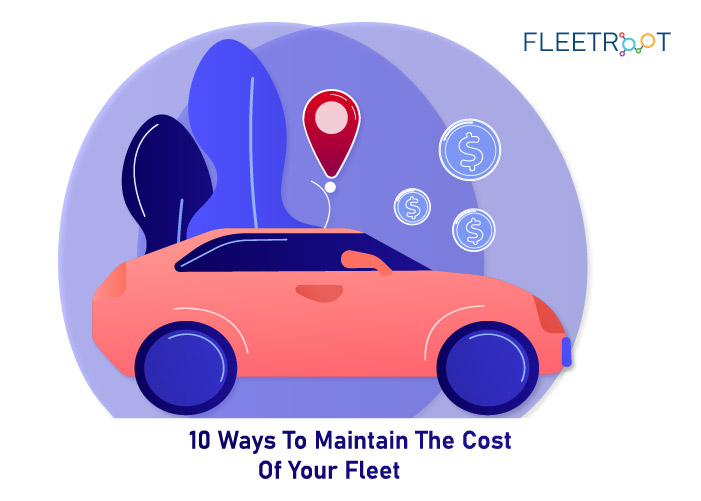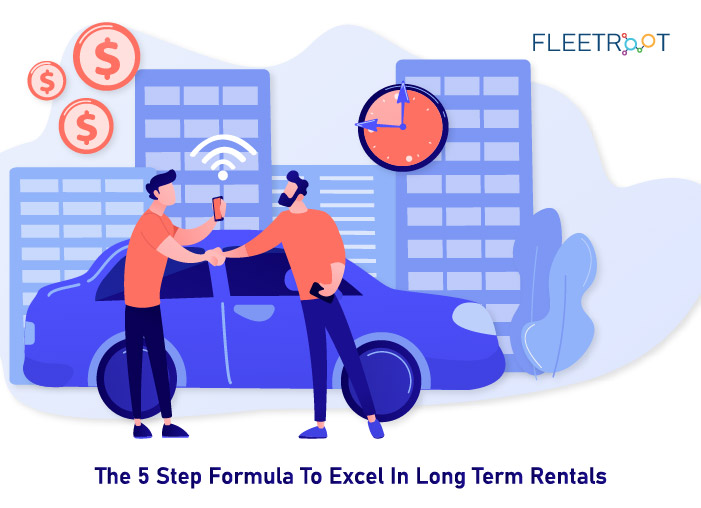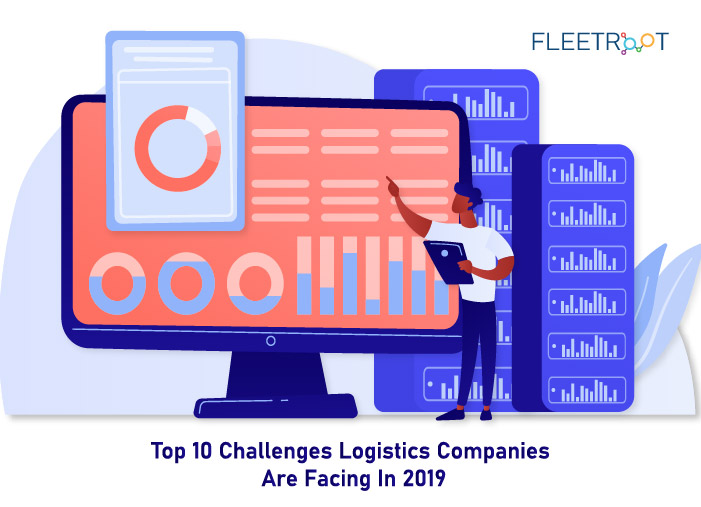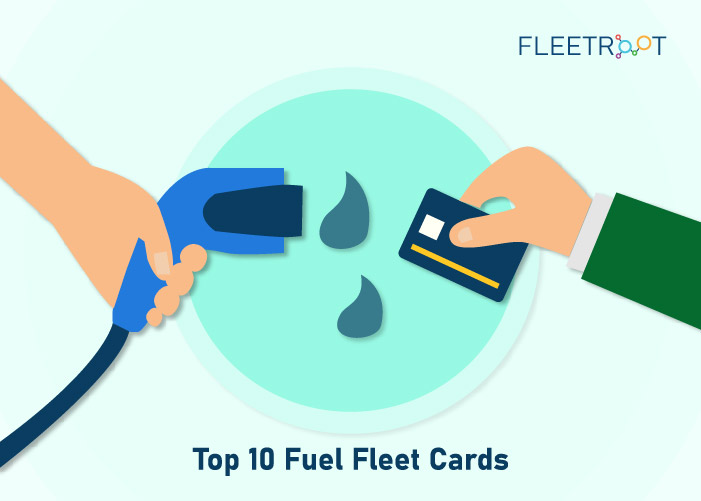If you are managing a business that depends on a fleet of vehicles, whether cars or trucks, one of the critical concerns for you will be the cost of running the fleet.
Finding ways to manage the fleet costs can be a daunting task efficiently, and it’s not just about taping your fingers through a mobile/web application to optimize all the tasks. In this post, we are listing down ten ways that can help you make your fleet management business more productive.
1. Modify driving habits
While your drivers need to be well-trained, there are times when a driver may pick up bad habits, such as rash driving. It’s these habits which can lead to increased fuel costs, because of the repairs if they don’t drive the vehicle with attention and care.
It will be a viable option if the fleet managers use regular training courses for drivers explaining how speeds, braking, and handling can all add efficiency to driving. It can help save costs and enhance safety.
2. Reduce fleet weight and size
Fleet managers should actively seek to reduce the size of the vehicles. For that, they need to invest their time in understanding the functionality of the cars they manage.
They need to spend time in the field, a task that many fleet operators fail to do. If you thoroughly understand the business needs, you can appropriately reduce vehicle models, engines, and include suitable options while avoiding failures such as mechanical breakdowns and downtime.
3. Maintain the windscreens
The windscreens are a vital part of a vehicle; without those, your fleet can’t run smoothly on the road. If the windshields of your vehicles are damaged, you are putting the life of your drivers at risk. You may think that avoiding windscreens can save you money, but cracks and chips can worsen the more a driver drives that vehicle.
If you repair your windscreens on time, your vehicle can get back on the road in no time. Also, you can avoid costly replacement if it gets worse.
4. Maintain the tires
Just like the windscreen, tires of a vehicle play a pivotal role in managing the fuel cost of a fleet. Worn tires are not only threatening, but they can also affect the fuel efficiency of the vehicle.
Take care of the vehicle’s tires, check the inflation levels, and tread depth regularly. Make sure you replace the old tires that look worn and harmful to drive the vehicle.
If you invest a little in maintaining the tires, you can save yourself from a huge repair cost.
5. Select the appropriate fleet
As a fleet manager, you can get too many options while choosing the fleet of company vehicles. Although, by selecting the proper fleet size for the job, you can keep the cost minimum.
If your team requires a small car for a task and you choose a large truck, the job will get done, but it will consume more fuel than you need. These low costs could affect you in a longer run.
6. Use telematics
Initially, the expenditure in telematics to monitor your fleet may feel disconcerting, but in the longer term, the data can help you in many ways. With real-time communication coupled with a routing app in your vehicle can increase the efficiency of your fleet.
Also, using telematics can improve the safety of your vehicles and reduce the operating costs plus optimize your vehicle’s performance.
7. Keep your fleet updated
It’s easy to become self-satisfied when your fleet is stable and running smoothly. As a forward thinker, you need to stay ahead by timely updating your fleet.
All the vehicles have a definite lifespan to be the most fuel-efficient. If we consider your usage of those vehicles, you must update your fleet of vehicles before the older ones start to cost more in fuel and repairs.
If will help you in the future and keep your workers satisfied with the best vehicles for their tasks.
8. Keep the emissions low
Lowering the emissions benefits not only the environment but also your pocket. By following the policies on energy-efficient vehicles, you can reduce the amount of the tax you pay.
The more carbon your vehicle emits, the more money you need to spend as tax, so use low emission vehicles and reduce your overall fleet management costs. The bigger your fleet, the bigger your savings will be.
9. Capitalize your fleet properly
As a fleet manager, you can always save costs by financing your fleet. In the finance method, you either do it on a contract hire basis or something permanent, according to your usage methods.
Fleet financing can help you in improving your cash flow and flexibility, increase management support, and reduce the impact on your financial bottom line.
10. Check the traveling frequency
It might be a challenge to know how much your workers travel if they have been used to doing this for years. But it would be best if you addressed the unnecessary travels to help cut down on added costs and probably the number of vehicles in your fleet.
Sometimes, it’s crucial to meet your customer or client face to face, but if a meeting could be scheduled over the phone, video conference, or by using emails, it could be a significant saver. Your little investment in technology can help you save a lot of fuel and energy.
Conclusion,
Starting a fleet business can be a challenge at the start, but maintaining the fleet costs can be a much more significant challenge for running the business smoothly. You must be using an efficient fleet management system that can take care of all the aspects of your fleet business.
However, it’s more important that you know all the ways of how to manage your fleet costs because the success of your business depends on your cost savings.




